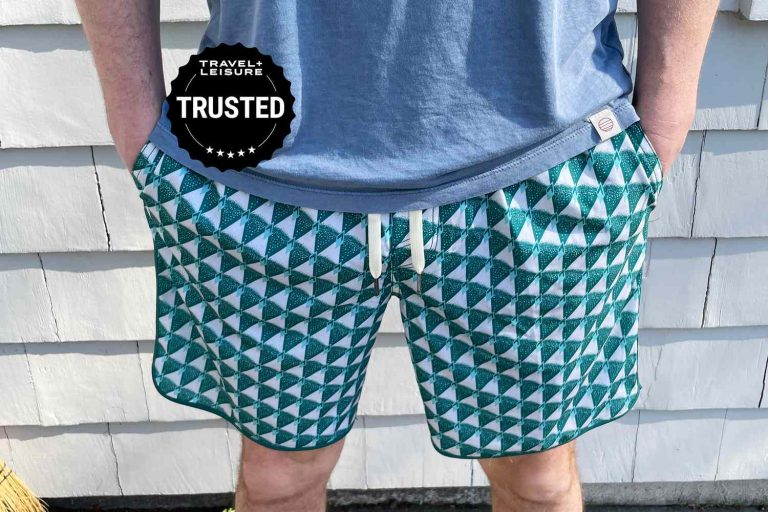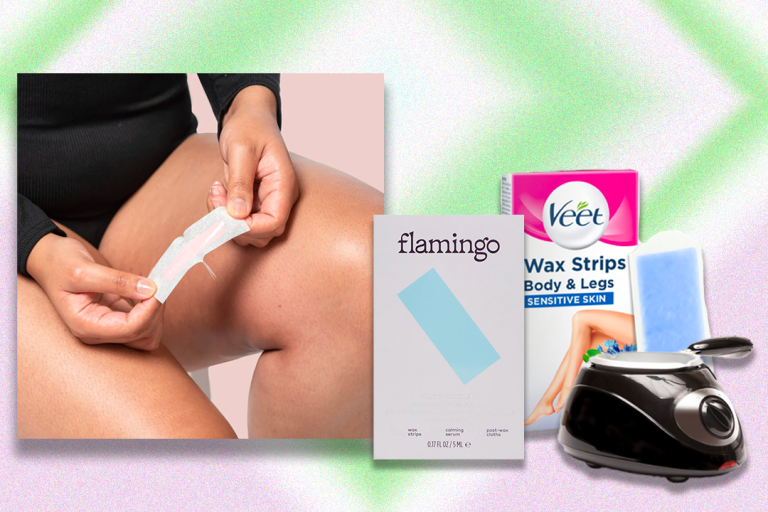9 Best Shoes for Men with Plantar Fasciitis: Top Picks for Comfort and Support
Finding the right shoes when you suffer from plantar fasciitis can be a game-changer. The constant heel pain and discomfort can make even the simplest tasks feel like a marathon. You need footwear that not only provides comfort but also supports your arch and cushions your steps.
In this guide, you’ll discover the 9 best shoes for men with plantar fasciitis. We’ve carefully selected options that combine style, durability, and the essential features needed to alleviate your pain. Say goodbye to those long days of aching feet and hello to a more comfortable stride.
Evaluating Shoes for Plantar Fasciitis
Understanding what makes a shoe suitable for plantar fasciitis is crucial for finding comfort and relief.
Key Features to Look For
Look for excellent arch support to maintain foot alignment. Opt for shoes with sturdy heel counters that minimize overpronation. Seek out cushioned midsoles made of EVA (ethylene vinyl acetate) or memory foam for shock absorption. Select shoes with deep heel cups to stabilize your foot. Consider rocker soles to reduce pressure on the heel. Always choose breathable materials to keep your feet cool and dry.
Importance of Proper Fit and Support
Ensure the shoes fit snugly but not too tight. Proper fit reduces the risk of blisters and discomfort. Verify that the toe box has ample room to prevent cramping. Proper arch support maintains foot alignment and reduces strain on the plantar fascia. Assess the shoe’s lacing system; it should offer a secure, adjustable fit. Don’t overlook the importance of a supportive insole, as it directly impacts your comfort and mobility.
Review of the 9 Best Shoes for Plant – Spotlights and Features
Choosing the right shoe can immensely help in managing plantar fasciitis. Here are the top picks with their unique features for your consideration.
1. Orthopedic Sneakers
Orthopedic sneakers offer excellent arch support and cushioning. Brands like Orthofeet provide extra-depth design, relieving pressure on your feet. Look for gel cushioning and ergonomic soles to reduce heel pain.
2. Supportive Work Boots
Supportive work boots are built for stability and durability. Timberland PRO series include anti-fatigue technology to provide all-day comfort. Ensure they have steel shanks and padded collars to keep your feet aligned.
3. Comfortable Walking Shoes
Comfortable walking shoes, such as New Balance 990v5, focus on shock absorption. These usually feature EVA foam midsoles and rubber outsoles for traction. Aim for shoes with mesh upper to offer breathability.
4. Cushioned Running Shoes
Cushioned running shoes are essential for high-impact activities. ASICS Gel-Kayano 27, known for its gel technology, provides excellent heel cushioning. Choose models with FlyteFoam for lightweight yet effective support.
5. Stabilizing Hiking Boots
Stabilizing hiking boots protect your feet on rugged terrains. Merrell Moab 2 boots come with contoured footbeds and Vibram soles for excellent grip. Ensure they have ankle support and moisture-wicking linings for added comfort.
6. Therapeutic Slip-ons
Therapeutic slip-ons are ideal for casual wear. Vionic’s slip-ons offer Orthaheel technology, mitigating foot pain. Look for designs with padded footbeds and lightweight constructions to ease pressure on the plantar fascia.
7. Lightweight Athletic Trainers
Lightweight athletic trainers are perfect for gym sessions. Adidas Ultraboost series features superior cushioning and arch support. Opt for shoes with breathable knit uppers and responsive midsoles for a comfortable fit.
8. Arch Support Sandals
Arch support sandals keep your feet comfortable even in open footwear. Brands like Birkenstock provide cork footbeds that mold to your feet. Focus on sandals with deep heel cups and adjustable straps for optimal fit.
9. Professional Dress Shoes
Professional dress shoes don’t have to compromise on comfort. Look for Rockport’s Total Motion range with truTECH cushioning and arch support. Ensure they have leather uppers and cushioned insoles to reduce strain on your feet.
How to Choose the Right Shoes for Your Needs
Choosing the right shoes for plantar fasciitis can make a significant difference in comfort and mobility. Here’s how you can find the perfect pair:
Consider Your Daily Activities
Match your shoe choice to your routine. If you’re on your feet a lot, opt for shoes with ample cushioning and support, such as orthopedic sneakers or supportive work boots. For walking or light activities, comfortable walking shoes with EVA foam midsoles are ideal. If you enjoy running, cushioned running shoes with gel technology will absorb impact and reduce strain on your feet. Different activities demand specific shoe features, so pick accordingly.
Assess Your Foot Type and Arch
Identify your foot type and arch to find shoes that provide proper support. If you have flat feet, shoes with strong arch support and deep heel cups will help distribute weight evenly. For normal arches, look for shoes offering moderate support and cushioning, like lightweight athletic trainers with arch support. If you have high arches, prioritize shoes with extra cushioning and flexibility, such as athletic shoes with advanced cushioning systems. Understanding your foot type ensures you get the support and comfort needed to alleviate plantar fasciitis symptoms.
Tips for Maintaining Foot Health with Plantar Fasciitis
Managing plantar fasciitis requires a comprehensive approach. Follow these tips to maintain foot health and alleviate discomfort.
Regular Stretching and Exercises
Incorporate stretching into your daily routine to maintain foot flexibility. Perform calf stretches by placing your hands on a wall and stepping one foot back, keeping it straight while bending the front knee. Hold for 20–30 seconds. Use a towel to stretch the arch by sitting with your legs extended and pulling the towel around the ball of your foot. Consider toe curls and marble pickups to strengthen the foot muscles.
When to Replace Your Shoes
Replace your shoes every 300–500 miles or when you notice wear and tear. Look for signs like worn-out soles, compressed cushioning, or lack of arch support. Worn shoes can exacerbate plantar fasciitis symptoms. Always have a backup pair of shoes to switch out, maintaining optimal support and comfort.
Where to Buy Shoes for Plantar Fasciitis
Finding the ideal shoes for plantar fasciitis can make a big difference in your comfort and mobility. Here are some recommended retailers and online stores to check out.
- Amazon
Explore a wide range of shoes designed to alleviate plantar fasciitis symptoms, with customer reviews to help guide your choice. - Zappos
Check out specialized footwear with detailed product descriptions and exceptional return policies to ensure the perfect fit. - Orthofeet
Discover shoes specifically engineered for foot conditions, offering advanced comfort and support features. - Road Runner Sports
Browse an extensive collection of athletic shoes tailored for plantar fasciitis, featuring custom fitting options. - New Balance
Shop directly from a trusted manufacturer known for its supportive, high-quality sneakers ideal for plantar fasciitis. - The Walking Company
Access a variety of orthopedic and supportive shoes from reputable brands, recommended by foot health experts. - Walmart
Benefit from a range of budget-friendly options that don’t compromise on essential support and cushioning for plantar fasciitis. - Fleet Feet
Visit in-store or online for personalized fitting services and a selection of premium running shoes supportive of plantar fasciitis needs. - Dick’s Sporting Goods
Choose from a range of athletics and casual shoes marked with features designed to relieve plantar fasciitis discomfort.
Finding the right retailer or online store can greatly enhance your comfort and foot health, making daily activities more enjoyable and less painful.
Conclusion
Choosing the right shoes for plantar fasciitis can make a world of difference in your daily comfort and mobility. By focusing on essential features like arch support, cushioned midsoles, and proper fit, you can significantly reduce discomfort and prevent further foot issues. Don’t forget to consider your daily activities and foot type when selecting the perfect pair. Regular stretching and knowing when to replace your shoes are also crucial steps in maintaining foot health. With the right footwear and care, you can effectively manage and alleviate the symptoms of plantar fasciitis.






